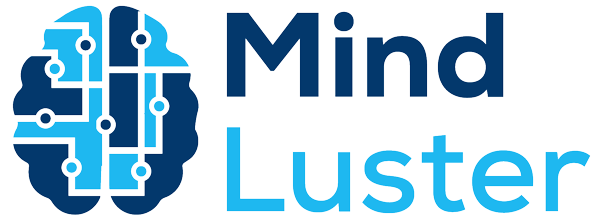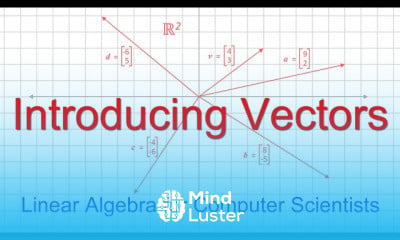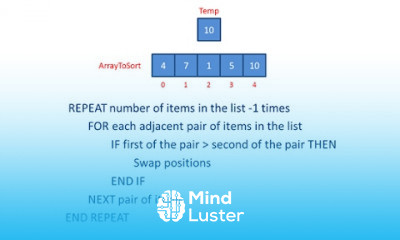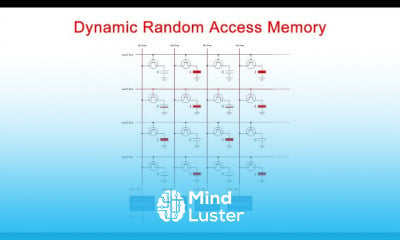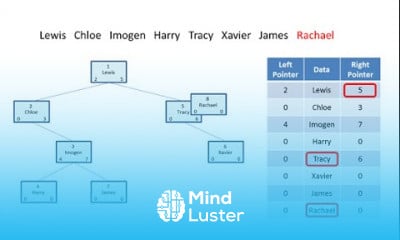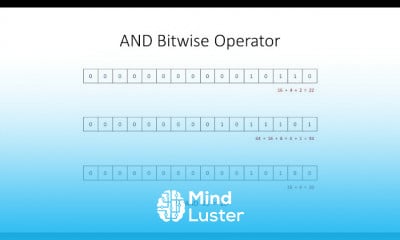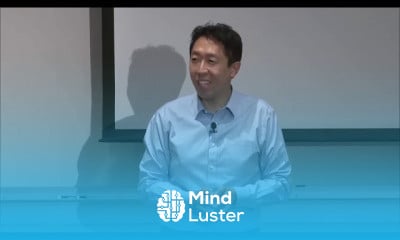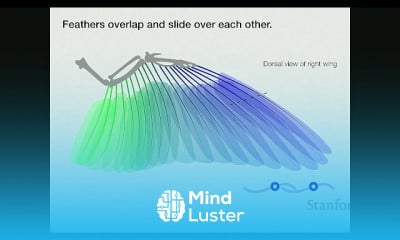ISTQB Test Automation Engineer v2 0 Tutorial 14 Risk Associated with Test Automation Development
Share your inquiries now with community members
Click Here
Sign up Now
Lesson extensions
Lessons List | 34
Lesson
Comments
Related Courses in Computer Science
Course Description
ISTQB test automation engineer v2.0 exam,
in this course is designed to equip you with the knowledge and skills required to excel in the ISTQB Test Automation Engineer v2.0 certification. It covers essential topics such as the fundamentals of test automation, designing and implementing automation frameworks, and maintaining automated test solutions. You'll learn about selecting appropriate tools, integrating automation into Agile and DevOps workflows, and evaluating the ROI of automation strategies. With hands-on exercises, real-world scenarios, and practice questions, the course prepares you to tackle the exam confidently. Whether you’re a professional seeking to enhance your career or an automation enthusiast, this course provides a comprehensive understanding of automation engineering and ensures your success in the ISTQB certification. TM SQUARE
Trends
Graphic design tools for beginners
Web Design for Beginners
Figma for UX UI design
Graphic Design Basics
Customizing type for logos
Advanced Logo design methods
Accounting
Graphic Design | Photoshop
Logo Design
Make money as a freelance designer
UX design career in 2025
Web Design Using HTML CSS
Best zoology books
Accounting Finance course
Financial Accounting
Web Design 101 Free Full Course
Web design basics
Biology
Figma Signing Up and Signing In
Logistics and Supply Chain Management
Recent
Bioinformatics basics
Bioinformatics databases
Vitamin A to Z tablets
Best zoology books
Best cream for piles pain
Laser surgery for piles
Best cream for piles
Anal fissure treatment
Best antibiotics for diseases
Antibodies structure
Macrophage structure
Drosophila genetics
Diagnostic tests
Bioinformatics
Genetics
Gene therapy
Kidney structure
DNA replication and types
Bacterial cell structure
Parasite structure
